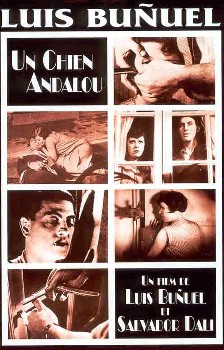
A story has a beginning, a middle, and an end, right? It starts in one place, and then continues, like a straight line. Our reading for today, "The Garden of the Forking Paths" by the great Argentine writer Jorge Luis Borges images something different. It was written in 1941, long before hyperlinks or even much experimentation with non linear film narrative (although the surrealist film made by Dali and Luis Bunuel Un Chien Andalou was released in 1929.)
We can talk about Borges' story as a spy story, and also as an experiment in narrative.
There are a lot of questions we can ask about the story, and an excellent page full of study questions is on Dr. Fidel Fajardo-Acosta's World Literature Website. But here is one question I have for you: The form of the story is still relatively linear, so what does it take to make a narrative that is non-linear? Think about Yu Tsun's experience in the story, how he relates it as a narrator, and what his ancestor Ts'ui Pên's leaves behind. How do you imagine the labyrinth?
Also, let's talk about this blog, our wiki, and what it means to participate in a narrative with agency beyond reading it.
No comments:
Post a Comment